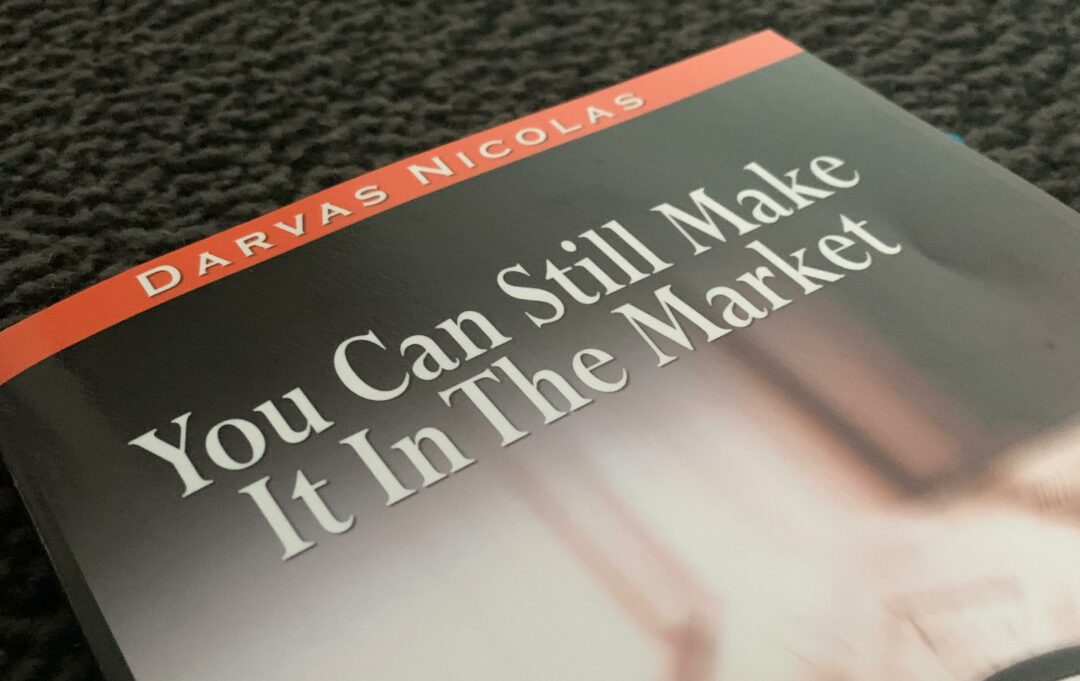If you hang around startup circles, crypto forums, or venture capital Twitter for long enough, you’ll eventually hear someone talk about the mythical “100x investment.” The idea is simple: make one investment that grows 100x, and it’ll make up for all your losses elsewhere.
Sounds great, right?
Here’s the truth: this kind of thinking can be financially dangerous. Not because 100x outcomes never happen—but because relying on one to save your portfolio is, in most cases, a fast track to long-term underperformance.
1. 99 Failures + 1 Success = Not a Win
Imagine you make 100 small investments of $1,000 each. That’s $100,000 total.
- 99 of them go to zero (not unusual in early-stage investing).
- One of them returns 100x and turns your $1,000 into $100,000.
What’s your total return?
Exactly $100,000. You’ve just broken even. But that’s before you account for inflation, taxes, time, and opportunity cost.
2. Inflation Eats Your Buying Power
Say it takes 10 years for that one winner to reach a 100x return. During that time, average inflation eats away about 2–3% of your purchasing power each year. Over a decade, that’s roughly a 25–30% real loss.
So even though you “broke even” in nominal terms, in real terms, you’ve lost a lot of money.
3. You Probably Didn’t Hold for the Full 100x
Let’s be honest—very few people sit on a rocket ship all the way from liftoff to the moon.
- You might have sold half at 20x to lock in profits.
- Maybe another chunk at 50x when things got shaky.
- Or maybe you sold it all long before the 100x point out of fear it might collapse.
We’re wired to lock in gains early. So in real-world terms, most investors don’t get that full 100x. They get some of it—and then move on.
4. Even at 100x, You’re Not Safe
Let’s say you do still hold your 100x investment. Amazing! But here’s the thing: until you actually sell it, it’s still at risk.
- The company might collapse.
- A regulation change could destroy its business model.
- A market crash could wipe out the gains overnight.
Until that money’s in your bank account, it’s just a number on a screen.
5. Opportunity Cost Is Real
While you were waiting ten years for your moonshot, other investment options could have been compounding quietly and steadily.
For example:
- The S&P 500 has historically returned around 7% per year after inflation.
- Over ten years, that could have doubled your money without betting on 100 high-risk failures.
So even if you break even on your moonshot portfolio, you’ve actually underperformed what a boring old index fund could have done with far less stress and risk.
6. Taxes and Fees Take Their Cut
Even if you manage to cash out your 100x investment, you’re not pocketing all of it.
- Capital gains taxes will take a chunk.
- If you invested through a fund, management fees and carried interest might take another large piece.
- If the investment was diluted over time (common in startups), your actual gain might be much lower than expected.
So What Should You Do Instead?
High-risk investing has a place—but it shouldn’t be your entire strategy.
If you’re new to investing, consider:
- Building a core portfolio of diversified, long-term assets (like index funds).
- Allocating a small percentage—maybe 5–10%—to high-risk, high-reward bets.
- Thinking in terms of probabilities and expected value, not just potential outcomes.
- Always weighing the opportunity cost: what else could your money be doing?
Final Thought
Everyone loves the idea of hitting a home run. But in investing, it’s not about hitting one out of the park—it’s about staying in the game and compounding steadily over time.
Don’t get caught chasing unicorns. Build a portfolio that grows—even if nothing in it ever goes 100x.
Discover more from Brin Wilson...
Subscribe to get the latest posts sent to your email.



